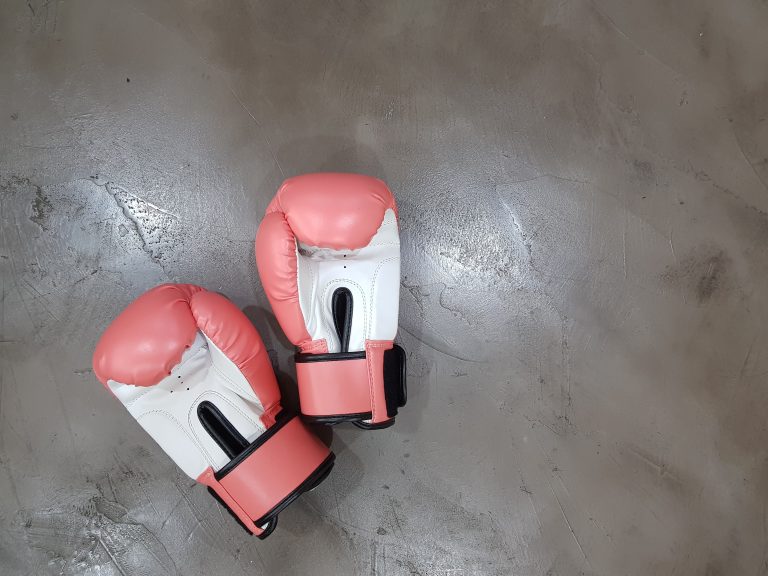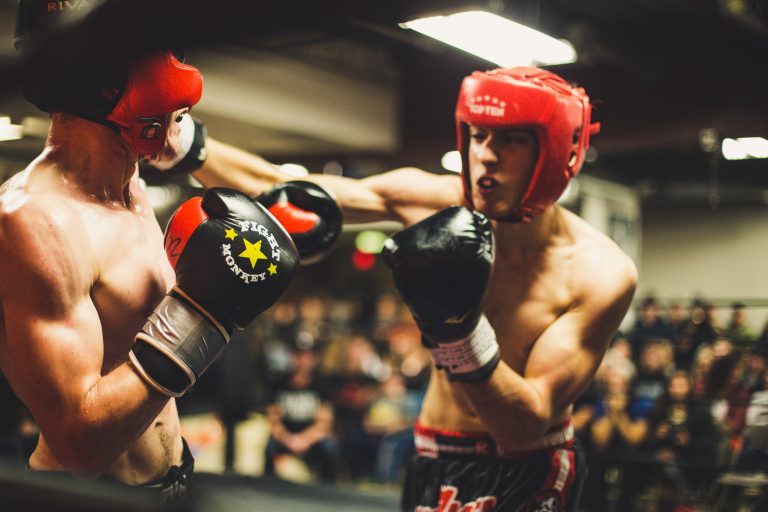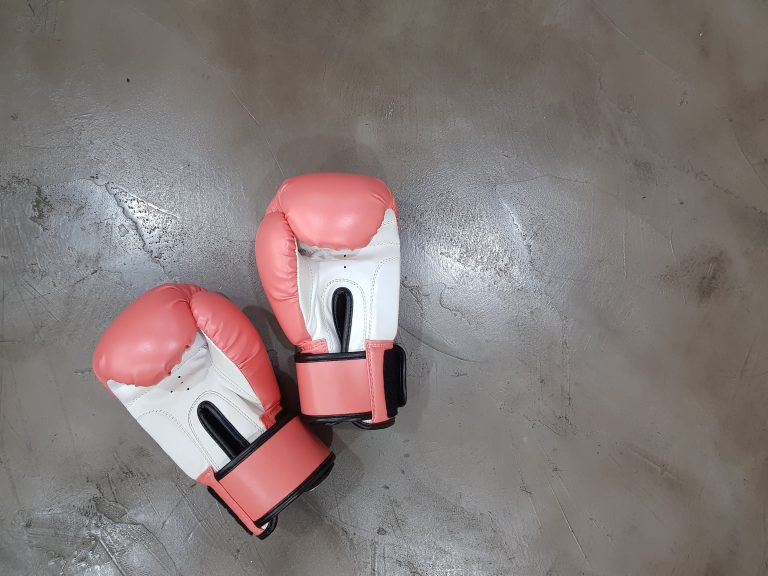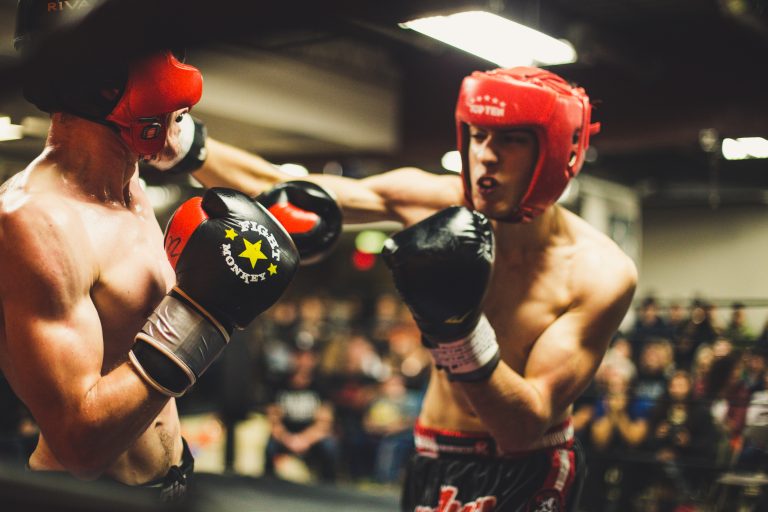What Does Karate Mean? Understanding the Origins and Principles of Martial Art
Karate is a Japanese martial art that originated on the island of Okinawa in the early 20th century. The word „karate“ is derived from two Japanese characters: „kara“ meaning „empty“ and „te“ meaning „hand,“ indicating that karate is a form of self-defense that relies heavily on striking techniques using various parts of the body, including hands, feet, elbows, and knees. However, karate is more than just a physical practice; it embodies a set of philosophical principles that guide a practitioner’s behavior and mindset in all aspects of life.
The History of Karate
The origins of karate can be traced back to ancient China, where martial arts were developed for self-defense and military purposes. In the late 1800s, a Chinese martial artist named Kanryo Higaonna traveled to Okinawa and began teaching his style of martial arts, a blend of Chinese kung fu and karate, to the Okinawans. One of his students, Gichin Funakoshi, later introduced the art to mainland Japan and popularized it through demonstrations and training sessions.
During the early 1900s, karate underwent significant development as various Okinawan masters refined their techniques and created their own systems of karate. These pioneers included Chojun Miyagi, who founded Goju-ryu karate; Kenwa Mabuni, who founded Shito-ryu karate; and Choshin Chibana, who founded Kobayashi-ryu karate. Today, there are many different styles of karate, each with its unique techniques, training methods, and approaches to the art.
The Principles of Karate
At its core, karate is more than just a physical practice; it embodies a set of philosophical principles that guide a practitioner’s behavior and mindset in all aspects of life. These principles include the following:
1. Discipline: Karate emphasizes discipline, self-control, and focus as fundamental aspects of practice. Through rigorous training and adherence to strict routines, practitioners develop mental toughness, resilience, and a strong work ethic.
2. Respect: Respect for others is a central tenet of karate. Practitioners are taught to treat all people with courtesy, kindness, and consideration, regardless of their rank, background, or abilities.
3. Humility: Karate teaches humility and modesty as necessary characteristics for personal growth and spiritual development. Practitioners are encouraged to approach each training session with an open mind, receptive to learning and feedback from others.
4. Perseverance: Determination and perseverance are essential traits for success in karate. Practitioners are taught to overcome obstacles, setbacks, and challenges through hard work, dedication, and unwavering commitment to their goals.
The Benefits of Karate
Karate has numerous physical, mental, and emotional benefits for practitioners of all ages and abilities. These include:
1. Improved physical fitness: Karate training helps improve cardiovascular endurance, strength, flexibility, and coordination, leading to improved overall physical fitness.
2. Stress relief: The rigorous physical training and mental focus required in karate can help reduce stress and tension, promoting a sense of relaxation and calm.
3. Self-defense: Karate is an effective system of self-defense that teaches practitioners how to defend themselves and others in a variety of situations.
4. Increased self-confidence: Through training, practitioners develop greater self-confidence, self-esteem, and self-awareness, enabling them to tackle challenges and achieve their goals with greater ease.
The Training and Practice of Karate
Karate training typically involves three main components: basics, forms, and sparring. Basics are fundamental techniques such as punches, kicks, and blocks. Forms, or kata, are prearranged patterns of movements that simulate real combat scenarios. Sparring, or kumite, is a practice of controlled, full-contact fighting with an opponent.
To become proficient in karate, practitioners must train regularly and with dedication, following a set curriculum of techniques and forms. They must also demonstrate mastery of various skills through belt promotions, starting with white belt and progressing through yellow, orange, green, blue, brown, and black belt ranks.
Frequent Asked Questions About Karate and its Meaning
Karate is a popular martial art that is widely practiced across the world. It is a discipline that promotes self-defense, physical fitness, and mental strength, among other benefits. Despite its popularity, many people still have questions about what karate means and how it works. In this blog post, we will explore some of the most frequent asked questions about karate and provide answers to help you understand this fascinating discipline better.
1. What Does Karate Mean?
Karate originated in Okinawa, Japan, and is a combination of multiple martial arts styles. The word „karate“ itself means „empty hand,“ which refers to the practice of striking with bare hands and feet, without weapons. The goal of karate is to defend yourself against an attacker using natural body movements and techniques.
2. Who Can Learn Karate?
Anyone can learn karate, regardless of age, gender, or physical ability. Since it is a discipline that focuses on natural movements, it is an excellent form of exercise and self-defense for people of all ages and abilities. However, it is essential to choose a qualified instructor who can tailor their teaching style to meet the unique needs of each student.
3. What Are the Benefits of Learning Karate?
Learning karate has many benefits, both physical and mental. Some of the physical benefits include improved flexibility, strength, balance, and endurance. Karate can also teach self-defense skills and promote weight loss. On the other hand, the mental benefits include increased confidence, focus, discipline, and stress relief.
4. Is Karate Dangerous?
Like any physical activity, karate does come with some risks. However, when done under the guidance of a qualified instructor, the risks are minimal. Proper training and safety equipment can help reduce the likelihood of injuries. Additionally, karate teaches students to respect their training partners and to control their movements, minimizing the risk of dangerous accidents.
5. Do I Need to Be in Good Shape to Learn Karate?
No, you do not need to be in excellent physical shape to start learning karate. However, it is essential to maintain a consistent practice schedule and to work towards improving your fitness levels over time. The earlier you start, the better, as karate can help improve your overall fitness and well-being.
6. Can Karate Be Used in Real-Life Self-Defense Situations?
Yes, karate can be used in real-life self-defense situations. However, it is crucial to note that the goal of karate is to avoid conflict and use physical techniques only as a last resort. Karate emphasizes non-violent conflict resolution and teaches students to use their physical abilities only for self-defense purposes.
7. How Long Does It Take to Learn Karate?
The length of time it takes to learn karate varies depending on the individual’s goals, dedication, and practice schedule. Generally, it takes between two to five years to earn a black belt in karate, which is the highest grade. However, learning karate is a lifelong process, and there is always more to learn, even for advanced practitioners.
8. What Should I Look for in a Karate Instructor?
When selecting a karate instructor, it is essential to look for someone who has the necessary qualifications and experience to teach the discipline. A good instructor should be patient, knowledgeable, and able to tailor their teaching style to meet the unique needs of each student. Additionally, they should emphasize safety and promote a positive learning environment.
9. Is Karate Expensive to Learn?
The cost of learning karate varies depending on the instructor, location, and practice schedule. However, many karate schools offer affordable payment plans and discounts for families and frequent attendees. While it may seem expensive at first, the benefits of learning karate far outweigh the cost in the long run.
10. Can Karate Help with Mental Health Issues?
Yes, karate can help improve mental health by promoting relaxation, focus, and stress relief. The discipline teaches students to manage their emotions and to control their movements, which can help reduce anxiety and depression symptoms. Additionally, the sense of community and social support found in karate schools can contribute to improved mental health and well-being.
What is Karate?
Karate is a martial art originating from Okinawa, Japan, which was developed from indigenous fighting methods known as Te. The word Karate comes from two Japanese words: „kara“ meaning empty, and „te“ menaing hand. Together, they form Karate, meaning empty hand or unarmed self defense. Karate uses punches, kicks, knee and elbow strikes, and open hand techniques such as knife-hands, spear-hands, and palm-heel strikes to defend against attackers.
Why should you learn Karate?
Learning Karate has many benefits, including improving physical fitness, flexibility, and strength. It also helps to develop discipline, self-defense skills, and self-confidence. Karate can be practiced by both children and adults, and it’s a great way to improve mental and physical well-being.
How to learn Karate?
There are various ways to learn Karate. You can either join a Karate class at a dojo or learn it through online resources. Below are the steps to learn Karate:
Step 1: Find a dojo or instructor
Find a dojo or instructor in your area who has experience in teaching Karate. Make sure the instructor is certified and has a good reputation. You can search for local dojos or instructors online or check your local listings.
Step 2: Choose the style of Karate you want to learn
There are different styles of Karate, such as Shotokan, Goju-Ryu, Shito-Ryu, and Wado-Ryu. Research each style and choose the one that interests you the most.
Step 3: Attend classes regularly
Karate classes are usually held two to three times a week, and you should attend them regularly. This way, you can develop your skills and progress through the different levels.
Step 4: Practice regularly
Practice Karate regularly outside of class. This will help you to improve your techniques and progress quickly.
Step 5: Gradually move up the ranks
As you progress, you will earn different colored belts, which represent the level of proficiency you have achieved. Start with a white belt and gradually move up the ranks until you reach the highest level.
Conclusion
Learning Karate is a great way to improve your mental and physical well-being. Whether you learn it at a dojo or through online resources, regular practice and dedication are essential for mastering this martial art. Remember to find a reputable instructor or dojo, choose the style of Karate that interests you, attend classes regularly, practice outside of class, and gradually move up the ranks.
Inhaltsverzeichnis






